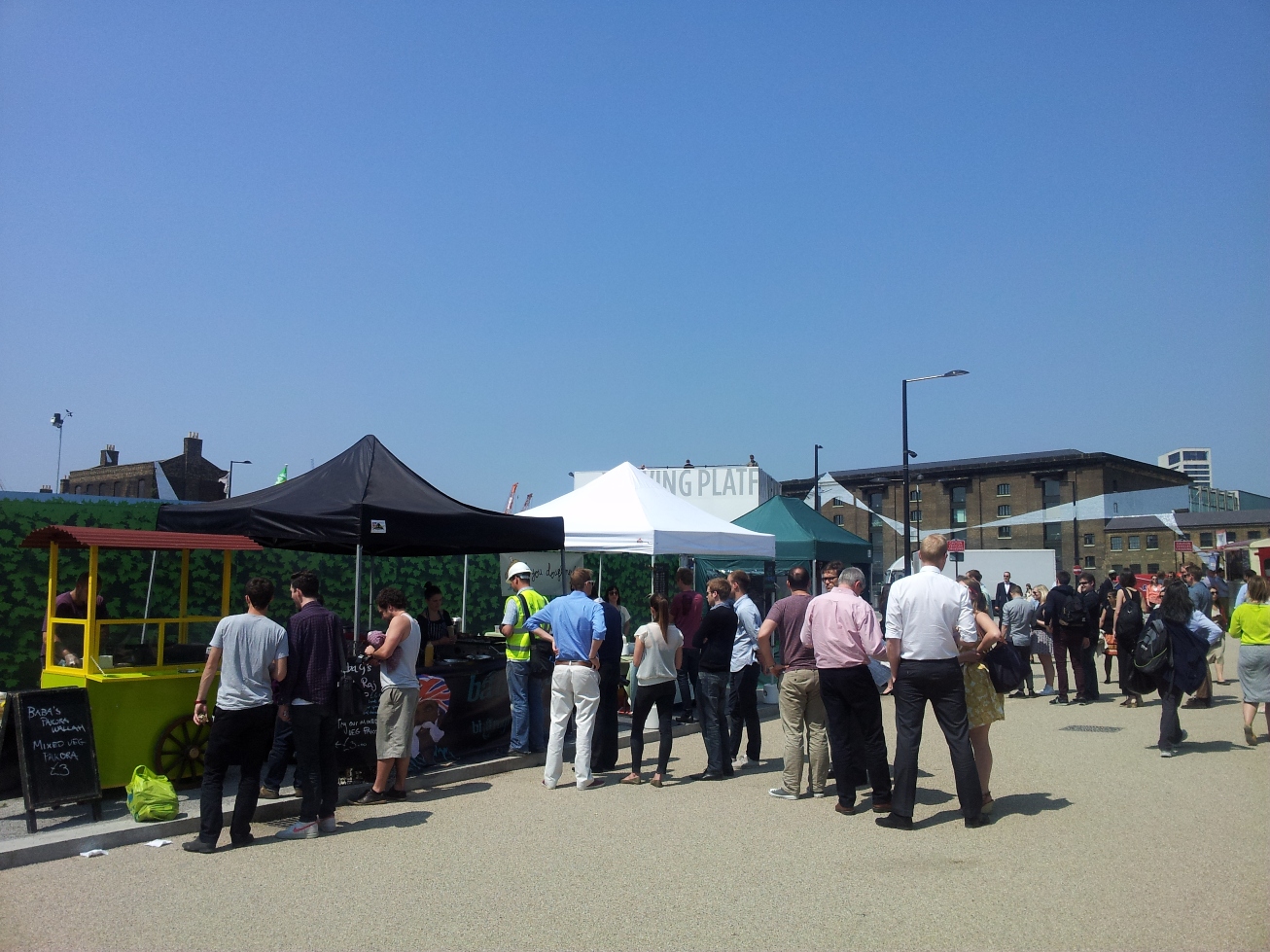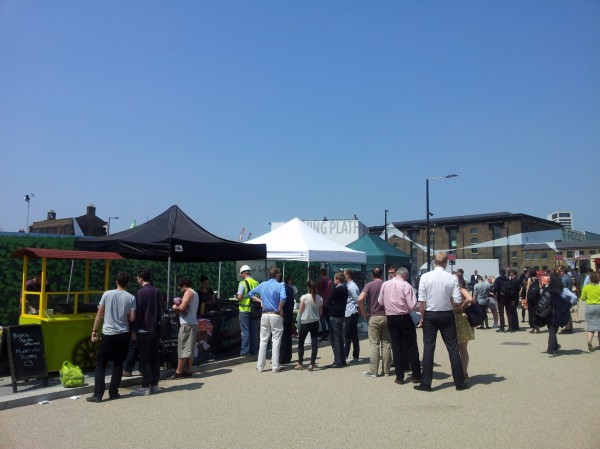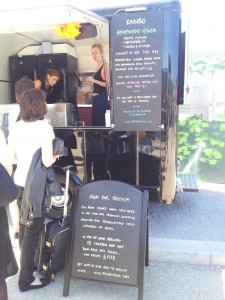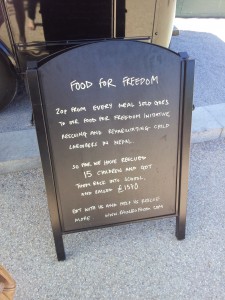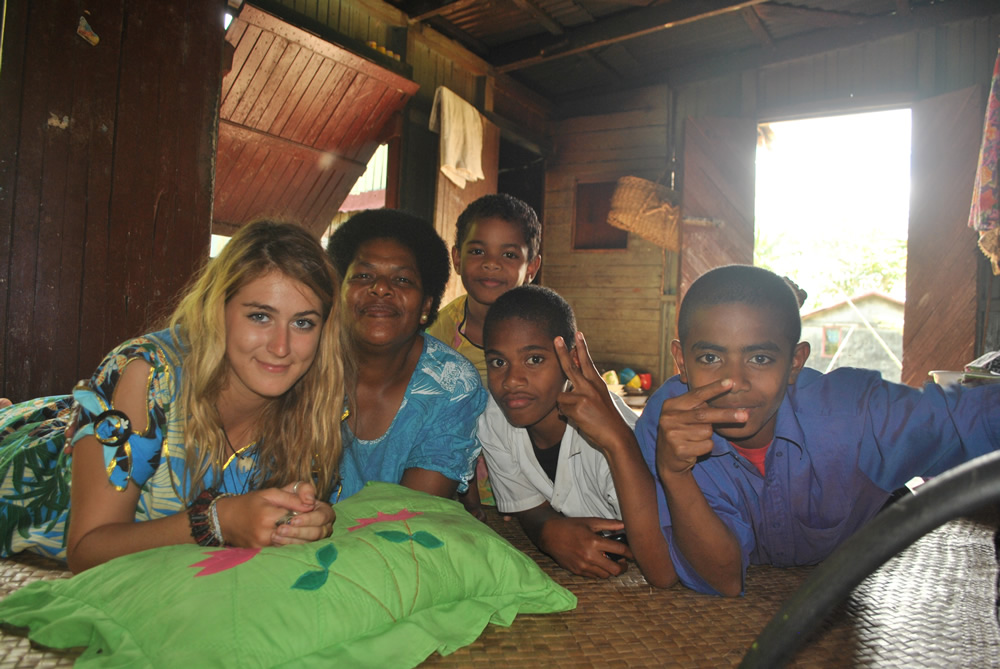You can’t go far wrong with choosing a good book as a present. Whether they prefer reading on a Kindle or a good ‘back to basics’ paperback, here are some of the best books around for travel and outdoor fans…
If they love the sea….
Wild Swimming Coast: Explore the Secret Coves and Wild Beaches of Britain
– by Daniel Start


In the depths of winter, it’s nice to dream of hazy summer beach days – salty air, sand in your picnic food, and a bracing dip in the sea. This book, the follow-up to Wild Swimming, takes a look at Britain’s secret coves and wild beaches across Scotland, Wales and England. This isn’t about ‘Kiss Me Quick’ hats, deckchair strewn promenades and fish and chip shops – this is a celebration of rock pooling, catching your own seafood supper, swimming with aquatic beasties, coasteering and enjoying Britain’s wonderful natural coastline and maritime heritage. The book is handily laid-out with information including swimming difficulty, access, nearby food and camping for each location, plus safety tips for new wild swimmers. It’s also peppered with beautiful photography making this a great book to browse through on a cold winter’s afternoon.
If they love camping…
Extreme Sleeps: Adventures of a Wild Camper
– by Phoebe Smith


Being spurred on by a ‘my country’s better than yours’ argument with an Australian, author Phoebe Smith decided she needed to leave her relatively comfortable backpacking routine and get out of the hostels and into the wilds. So began a journey that involved sleeping under the stars at Ayres Rock, staying with a group of Bedouin in Jordan, and wrapping up in reindeer skin in the Finnish Arctic. And it didn’t stop when she came back to the UK – Extreme Sleeps chronicles her nights spend wild camping in the most northerly area of Scotland to southernmost England, proving that the UK could provide as exhilarating an experience as anywhere in the world.
If they’re looking for adventure…
Fodor’s The Complete Guide to African Safaris (Fodor’s Complete African Safari Planner)
– by Fodor’s


Fodor know what they’re talking about so you can expect this book to be comprehensive and inspiring when it comes to embarking on the ultimate adventure holiday – an African safari. The book is crammed with maps and information about the national parks and wildlife areas across the whole continent – from the stunning Victoria Falls to the tropical paradise of the Seychelles. With handy lists covering best wildlife experiences, most luxurious lodges, best locations for meeting the locals and more, this guide is aimed at those who respect local wildlife and cultures but aren’t experienced field guides and so need a bit more about enjoying the safari travel experience.
If they’re looking for a career break…
Gap Years for Grown Ups: Because gap years are wasted on the young
– by Susan Griffiths


The term ‘gap year’ is synonymous with 18 year olds backpacking around the world, partying hard and living off beans and beer for months on end. But there are plenty of older generations with itchy feet and a bit more money (and wisdom) seeking out worthwhile travel experiences. ‘Gap Years for Grown Ups’ provides advice and inspiration for those looking to take the plunge and tackles all the practical concerns (dealing with your property, job, family and relationships), to essential kit, safety on the road, and how to readjust when you return. Inspiration comes from chapters on the different types of trips to take (boat, air, bike), spiritual journeys, travel involving study, volunteering projects and more. They’ll be booking their one-way ticket in no time!
If they’re a foodie…
Food Lover’s Guide to the World: Experience the great global cuisines (Lonely Planet Food and Drink)
– by Lonely Planet


If the massive Christmas dinner hasn’t put them off thinking about food, this book will have them salivating. Lonely Planet cover some of the world’s most enticing cuisines and some lesser known delicacies, alongside sections dedicated to the best food markets, jewish dishes, coffee, and cheese. Gorgeous photography will have your belly rumbling as you read about the expected gastronomic hot-spots of the Mediterranean or southeast Asia, but also the food of the deep south of the USA, Nepalese mountain fare, or where to eat an authentic Maori hangi. History, recipes and restaurant recommendations are punctuated throughout.
If they like ticking off a list…
1000 Places to See Before You Die
– by Patricia Schultz


This no.1 New York Times best seller has been updated to include 25 new countries (including Qatar, the Maldives and Greenland) plus a re-write and review of all the places included in the book. So many places are included, it is a little text heavy but the information is thorough and detailed enough to inspire at least a few trips, and ensure you can’t resist flicking through to read about your own home town or favourite place to see what the author has to say about it. Contact details for accommodation, eating out, events and more are all included making this a great ’round the world’ companion.
If they love good design…
Exotic Retreats: Eco Resort Design from Barefoot Sophistication to Luxury Pad
– by Julia Faiers


Hopefully, regular readers of Goodtrippers will know that eco-friendly accommodation and luxury need not be mutually exclusive. This photography book is full of images of glossy, luxurious eco retreats around the world to prove the point, including locations and contact details if it’s inspired you to make a booking. For real design junkies, architect details are also included. Perfect coffee table fare for fantasy holiday dreamers.
If they love a good view…
501 Must-Visit Natural Wonders (501 Series)
– by D. Brown, A.Brown, A. Findlay


Caribou migration, the Hoodoo Mountains, Madagascar, the Scottish Highlands…they’re all here in this storming book that has plenty of wonderful photography to make you ‘ooh’ and ‘aah’ at how amazing Planet Earth is. Updated for 2013, it provides enough advice and information to encourage you to leave your armchair and explore some of the world’s most awe-inspiring sights. But this book isn’t about serving up the planet for mere entertainment – a serious ecological message is present throughout; help save these magnificent places before it’s too late.
If they’re a bird watcher…
A Supremely Bad Idea: Three Mad Birders and Their Quest to See It All
– by Luke Dempsey


You don’t have to be a ‘birder’ to enjoy this book, although those who do like to spend their free time in the great outdoors with binoculars glued to their face will recognise the fanaticism and mad excitement that the author communicates. Following the escapades of Luke and his friends as they travel across the United States to spot birds (the feathered variety), this funny book is as much about relationships as birding.
If they’re scared of flying…
Flight Free Europe (Time Out Flight Free Europe)
– by Time Out Guides


Europe, with its myriad countries and cultures, is a great continent to explore without having to set foot inside an airport – great news for flying phobes, and for the planet. This Time Out guide is split into short two hour trips, longer day trips, overnighters, and revokes the idea of the Grand Tour (Baltic ferry-hopping or the Orient Express anyone?). It’s not just about trains too with inspiration for boat, bike and walking trips, even a nod to car hire (with ‘green’ car hire options increasing in number).
All of the Amazon links in this article link to the Goodtrippers Amazon Affiliates site – this is at no additional cost to you (prices are the same as going direct to Amazon) but Goodtrippers receives a small percentage from sales when you purchase using these links. Many thanks for your support.
For more Christmas gift ideas see The Goodtrippers Christmas Gift Guide – Part 1














